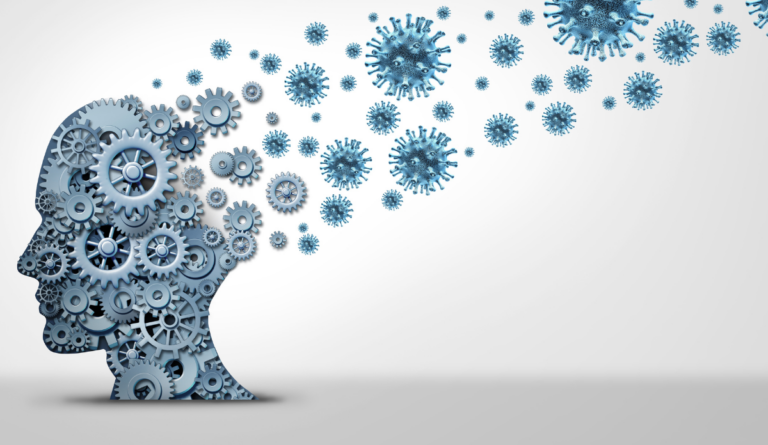Mental Health Disparities and the COVID-19 Pandemic
The mental health toll of the COVID-19 pandemic has not been felt equally across racial and ethnic groups, with Hispanic adults reporting higher rates of psychological distress.

Read Time: 4 minutes
Published:
We are only beginning to understand the psychological impacts of the COVID-19 pandemic following city lockdowns, closures of schools and social services, social isolation, and economic recessions. Given the cultural, racial, and ethnic diversity within the U.S., attention toward the unique impact of the pandemic on specific groups of people will be critical for long-term social recovery.
So far, research on risk factors for racial and ethnic disparities in pandemic-related psychological distress has been limited. One way to measure the mental health effects of the pandemic is by looking at social determinants of health. These non-medical factors that influence health and mental health conditions include: (1) economic stability (employment, income, medical bills, food security), (2) education access and quality (literacy, early childhood education, language), (3) health care access and quality (health coverage, provider availability, quality of care), (4) neighborhood and built environment (transportation, parks, walkability), and (5) social and community context (social integration, support system, stress).
While the social context in which we live plays a significant role in our physical and mental health, the association between specific social determinants and psychological distress across different racial and ethnic groups is unknown.
My colleagues —Qingyi Li, Haelim Jeong, and Leah Cheatham—and I recently analyzed cross-sectional data from the 2020 California Health Interview Survey Adult Data Files. Guided by a social determinants of health framework, we aimed to answer the following questions: (1) what are the levels of psychological distress across four racial/ethnic groups (i.e., non-Hispanic Whites, Hispanics, non-Hispanic Asians, and non-Hispanic African Americans)? (2) What social determinants of health are associated with psychological distress across these four racial/ethnic groups?
We measured psychological distress by asking participants how often during the past 30 days they had felt: (1) nervous, (2) hopeless, (3) restless or fidgety, (4) so depressed that nothing could cheer them up, (5) that everything was an effort, (6) worthless.
Considering delayed health care is associated with higher psychological distress, improving provider-patient communication through expanding coverage of telehealth services might be able to address such distress.
Psychological distress was categorized into two groups: no/low distress and moderate/severe. Compared to no/low psychological distress, moderate/severe psychological distress impacts daily functioning and warrants clinical attention.
Moderate/severe psychological distress was highest among Hispanic participants, which is in line with recent studies. Food insecurity was most prevalent in this group, which also reported the poorest English proficiency level. Hispanics were less likely to have a usual source for health care and reported living in unsafe neighborhoods at higher rates than other groups
Additionally, we found that unemployment, food insecurity, housing instability, lack of usual source of health care, delayed medical care, and low neighborhood social cohesion and safety were associated with a high degree of psychological distress among one or more racial or ethnic groups.
Actions are still needed to address and dismantle the structural and cultural barriers to economic stability strengthened during the COVID-19 pandemic. Regarding food insecurity, participants might face barriers, such as difficulties enrolling in Supplemental Nutrition Assistance Program (SNAP), problems accessing food banks during shutdowns, or securing transportation to food shopping. Flexible enrollment and certification requirements for SNAP and outreach to the communities at higher risk of food insecurity are warranted to ensure that particular racial and ethnic groups are not further marginalized.
In compliance with social distancing rules during the height of the pandemic, many individuals were dependent on neighborhoods for outdoor activity. Therefore, it is important to improve perceived neighborhood safety to relieve psychological distress. For neighborhoods perceived to be less safe, measures such as improved outdoor lighting and maintenance and support services (i.e., public transportation) should be considered.
Digital communication technologies, such as telehealth, can (in many cases) deliver long-distance clinical health care, patient and provider education, health information, and health administration services. Considering delayed health care is associated with higher psychological distress, improving provider-patient communication through expanding coverage of telehealth services might be able to address such distress. Tele-mental health services were also suggested by a previous study addressing mental health symptoms during the pandemic.
Photo via Getty Images



